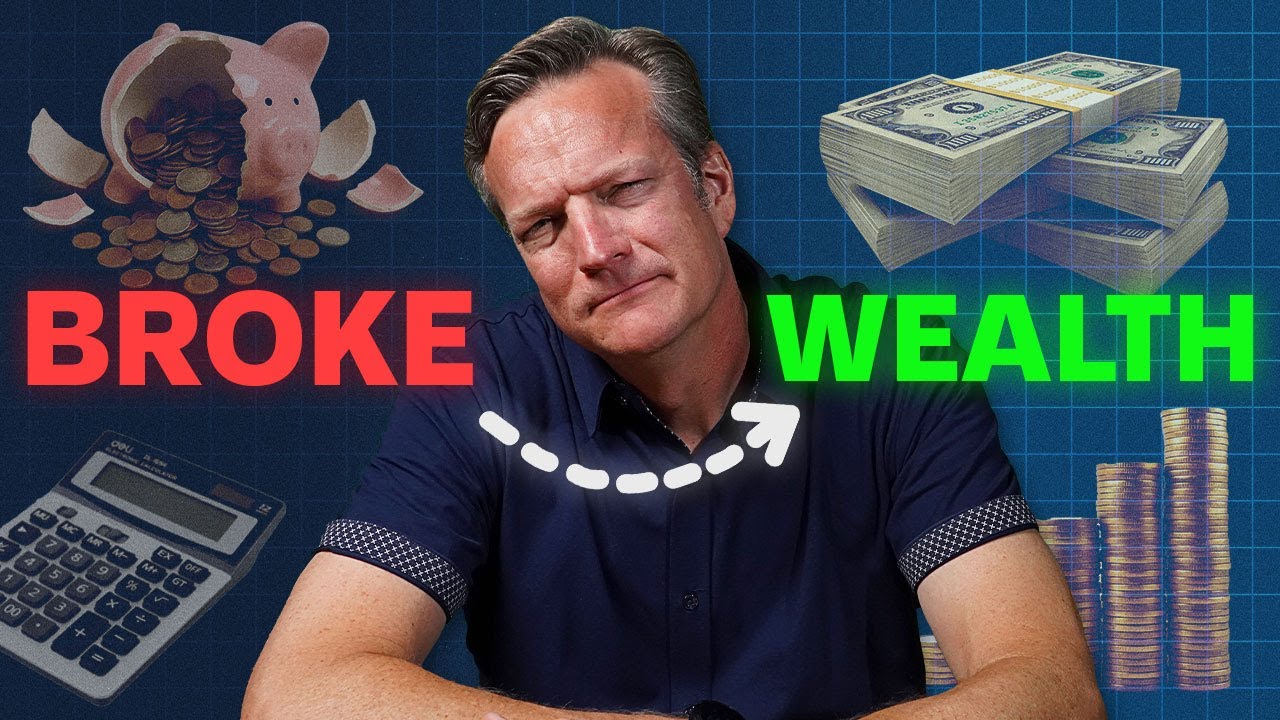Estimating your living expenses in retirement is the ultimate variable to determine how much you need to have saved (and how much you need to be investing) for retirement. If your estimate is wrong, you could end up broke in retirement. Here are the most important costs you need to include in your retirement budgets and how to estimate them.
1. Healthcare
According to Fidelity, an average single person retiring in 2023 will need approximately $157,500 saved, after taxes, to cover all of their medical expenses in retirement (for a married couple, the number is simply double, $315,000). This estimate assumes you retire at age 65 and are eligible for Medicare coverage. More importantly, it does not cover health-related expenses like most dental services and long-term care.
The Fidelity estimate is a good jumping-off point for estimating your medical expenses in retirement if you expect to retire at age 65 and are in good health. However, if you have a family history of illness or expect to retire early, you will need to plan for more medical expenses in retirement. Those who retire early will also need to plan for the extra cost of paying for their own health insurance before they become eligible for Medicare. Healthcare is often one of the scariest unknown costs for early retirees, but at the end of the day it is an expenditure that can be estimated like anything else.
The Health Savings Account, or HSA, is one of our favorite retirement savings vehicles for a reason. Not only do you get a tax deduction when you make contributions, withdrawals used for eligible medical expenses are entirely tax-free. Eligible medical expenses include a wide range of expenditures, including many related to long-term care (coming up next).
2. Long-term care
Paying for long-term care can potentially be one of the costliest expenses in retirement. The average stay in a care facility is around 22 months, and depending on the amenities and level of care provided, the average cost ranges from around $5,000 to $10,000 per month. If you do the math, long-term care could easily end up costing you hundreds of thousands of dollars in retirement. What’s so frustrating about estimating long-term care is just how drastic differences in costs can be. It is estimated that one-third of 65-year-olds today will never need long-term care, however the rest will; and 20% of all 65-year-olds will need care for longer than five years.
Knowing your family history can be extremely helpful in estimating potential long-term care expenses. It is worth weighing the costs and benefits of long-term care insurance as opposed to self-insuring. Medicare doesn’t cover long-term care, but Medicaid provides coverage for lower-income people whose assets are exhausted. Paying for your own care, through self-coverage or insurance, is obviously preferable (it means you still have assets remaining in retirement, for one, and you likely have some choice of where you’d like to stay). However, Medicaid provides a safety net for those who have no other options.
3. Housing
We like for everyone to enter retirement debt-free, but you may be renting, and even if you own your home, you have other housing-related expenditures. These shouldn’t be extremely difficult to estimate if you have an idea of where you’ll be living in retirement. If you own your home, housing costs are even more fixed and increase only as your property tax, utilities, homeowner’s insurance, and other housing expenses go up. Historically, rents increase about the same percentage as inflation overall.
4. Taxes
Just how much will your assets be taxed in retirement? Will your Social Security income be subject to taxation? If the majority of your assets are in pre-tax retirement accounts or pensions, what you end up with, after taxes, could be significantly less. Conversely, if a large percentage of your assets are in tax-free accounts like Roth IRAs and HSAs, your taxes in retirement may be very low.
Adding to the uncertainty of how much taxes you will owe in retirement is the possibility that tax rates will change or you will end up in a higher or lower tax bracket when retired. Historically, we are currently in a period of low tax rates. When planning for the future, it’s better to err on the side of caution and assume tax rates may go up or be higher in retirement.
5. Other living expenses
Housing, healthcare, long-term care, and taxes are some of the greatest “unknown” expenses in retirement, but there are plenty more you need to be thinking about. They can vary greatly from person to person. How much do you want to travel in retirement? Do you want to spend a lot of time at nice restaurants or do you like cooking at home? Do you have hobbies (or anticipate developing hobbies) that might be costly? Do you want to leave money to relatives or charitable causes? Only you can answer these questions, but a fee-only, fiduciary financial advisor can help you determine what’s important to you and how to plan for those goals.
Estimating what your expenses will be in retirement is daunting, more so the further away you are or the longer you plan to be retired. Our Know Your Number course can provide additional clarity on both your expenses in retirement and putting all of the pieces together to make sure you’re on track for retirement. Through video lessons, worksheets, and spreadsheets, Know Your Number will help you better understand where you’re going, where you want to be going, and how to make sure the two align.














